In The Lab
The journey of a lab-grown diamond begins in a diamond growth facility, where scientists use cutting-edge technology to create the ideal conditions for diamond crystals to form. There are several methods for growing lab-grown diamonds, the most common of which is chemical vapor deposition (CVD) and High-Pressure High-Temperature (HPHT).
1: CVD Process
In the CVD process, a small seed diamond is placed in a chamber, where a mixture of gasses, such as methane and hydrogen, are introduced. The gasses are then heated to a high temperature and broken down by a plasma, creating a carbon-rich environment that causes the carbon atoms to adhere to the seed diamond, resulting in the growth of a new diamond.
2: HPHT Process
In the HPHT process, carbon under high pressure and high temperature are used to form a diamond crystal. The pressure and temperature are maintained in a special press, a seed diamond is placed in the press, and a mixture of gasses, such as methane, is introduced. The carbon atoms in the gasses will attach to the seed diamond, forming a diamond crystal.
Sorting
After lab-grown diamonds are grown, cut, and polished, they are typically sorted based on their physical characteristics, such as their color, clarity, cut, and carat weight.
The process of sorting lab-grown diamonds begins with an initial inspection, during which the diamonds are visually inspected to identify any obvious imperfections. After the initial inspection, the diamonds are graded by a gemologist, who uses a set of strict guidelines to determine the diamond’s color, clarity, cut, and carat weight.
Color sorting is the process of grouping diamonds based on their color. This can be done using a set of master stones, which are known to have a specific color, as a reference. The lab-grown diamonds are then compared to the master stones and sorted into different color groups based on their similarity.
Clarity sorting is the process of grouping diamonds based on their clarity. The diamonds are inspected under a microscope to identify any inclusions or blemishes on the diamond. The diamonds are then sorted into different clarity groups based on the number, size, and position of the inclusions or blemishes.
Cut sorting is the process of grouping diamonds based on the quality of their cut. This can be done by measuring the symmetry, brightness, fire, and other optical characteristics of the diamond. Diamonds that have been well-cut will reflect light in a way that creates a sparkling appearance. The diamonds are then sorted into different cut groups based on the quality of their cut.
Carat weight sorting is the process of grouping diamonds based on their weight. Lab-grown diamonds are usually sorted into different carat weight groups, usually in increments of 0.01 carats.
After the diamonds have been sorted, they are packaged and prepared for sale. The sorting process ensures that the lab-grown diamonds are of consistent quality and that customers can easily find a diamond that meets their specific needs and preferences.
It’s important to note that Lab-grown diamonds can be sorted using more advanced technology as well. Some companies use laser inscription to sort the lab-grown diamond based on their characteristics. This allows a quick and accurate way of sorting and identifying lab-grown diamonds.
Polishing
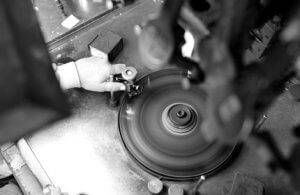
After lab-grown diamonds are grown and cut, they must be polished to bring out their natural beauty. Diamond polishing is the process of smoothing the surface of the diamond and creating a shiny finish. The process of polishing lab-grown diamonds is similar to the process used to polish natural diamonds.
The first step in polishing a lab-grown diamond is to use a series of coarse diamond abrasives to remove any surface imperfections and to bring the diamond closer to its final shape. These abrasives are typically in the form of metal-bonded diamond powder or diamond-coated wheels, and are used in a process called “lapping.”
The next step is to use a series of finer diamond abrasives to further smooth the surface of the diamond and to create a more polished finish. This step is called “bruting,” and typically uses diamond abrasives with a smaller grit size.
Once the diamond has been roughly shaped and polished, it is cleaned and inspected. Any remaining surface imperfections are then removed using a process called “blocking,” which uses a diamond-coated wheel to remove small amounts of material from the diamond’s surface.
The final step is to create a high-gloss finish on the diamond by using a series of increasingly fine diamond abrasives. This step is called “polishing,” and it creates the characteristic shine that is associated with diamonds.
After the polishing process is complete, the lab-grown diamond is graded by a gemologist to determine its color, clarity, cut, and carat weight. Once graded, the diamond is ready to be sold to a diamond retailer or jeweler, who will then make it available to consumers.
It’s worth noting that while the lab-grown diamond polishing process is similar to natural diamonds, some companies are using more advanced technology to polish their lab-grown diamonds to make them more precise, consistent, and of higher quality.
Assorting and Grading Lab-grown diamond
Lab-grown diamonds are sorted and graded in the same way as mined diamonds. They are evaluated based on the Four Cs: carat weight, cut, color, and clarity.
Carat weight is the unit of measurement used to express a diamond’s weight. It is important to note that, even though weight is not the only indication of quality, it is a big factor in evaluating the diamond’s price.
The cut is the shape and symmetry of a diamond, which affects its brightness, fire, and sparkle. The most common cuts are round princess, oval, pear, cushion, and marquise.
Color is a measure of how colorless a diamond is. The Gemological Institute of America (GIA) has established a color scale that ranges from D (colorless) to Z (light yellow or brown).
Clarity is the measure of the presence of inclusions and blemishes on a diamond. The GIA established the clarity scale that ranges from Flawless (no inclusions or blemishes visible under 10x magnification) to Included (inclusions visible to the unaided eye).
After sorting and grading, lab-grown diamonds are also certified by independent organizations such as GIA, International Gemological Institute (IGI), and others, to ensure their quality and authenticity. The certification also helps to guarantee that the diamond is ethically sourced, as many lab-grown diamond companies have committed to environmentally and socially conscious production.
Certification
After the lab-grown diamond is graded, it goes through a certification process. Most lab-grown diamonds are certified by independent gemological laboratories such as the International Gemological Institute (IGI), the Gemological Institute of America (GIA), or the European Gemological Laboratory (EGL). These organizations use strict guidelines to certify the diamond’s authenticity, quality, and grading. The certification process usually involves an evaluation of the diamond’s physical characteristics, such as its carat weight, color, clarity, and cut, as well as a detailed analysis of its chemical composition using advanced equipment such as spectroscopy.
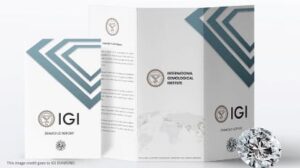
On the Certification Completion
Once certified, the lab-grown diamond is ready for sale to the public. Lab-grown diamonds can be found in many different retail settings, such as online lab-grown diamond jewelry retailers, brick-and-mortar jewelry stores, and specialty lab-grown diamond retailers. The prices of lab-grown diamonds tend to be lower than natural diamonds of the same quality, which makes them an attractive alternative for consumers who are looking for a diamond but are concerned about the environmental and ethical issues associated with mining natural diamonds.
To the market
The journey of lab-grown diamonds does not end with the sale to consumers. Lab-grown diamonds can be used for a variety of applications beyond jewelry, such as in the field of quantum computing and electronics. They are expected to have a growing impact in many fields in the future.
It’s worth mentioning that in recent years, lab-grown diamonds have become more prevalent in the market. They have become increasingly popular among consumers who are looking for a more sustainable and ethical option. Lab-grown diamonds are created in a controlled environment and do not involve the environmental and social issues associated with mining natural diamonds. Additionally, the lab-grown diamond market has grown considerably in recent years due to the advancements in technology, making them more accessible and cost-effective.
Another benefit of lab-grown diamonds is that they often have a higher degree of consistency in terms of color, clarity, and other physical characteristics, which is not always the case with natural diamonds. This makes it easier for jewelers and diamond retailers to provide their customers with diamonds that have consistent quality.
However, not all lab-grown diamonds are created equal. While many are made in a laboratory, there are also synthetic diamonds on the market that are made by recreating the high-pressure and high-temperature conditions that natural diamonds form under and it may be difficult for customers to tell the difference between synthetic and lab-grown diamonds. It is important for the customers to verify if the diamond is lab-grown or synthetic before making a purchase.
Lab-grown diamond manufacturers offer a sustainable and ethical alternative to natural diamonds. The technology to produce lab-grown diamonds has grown significantly in recent years, making them more accessible and cost-effective. They are also becoming increasingly popular among consumers who are looking for a diamond but are concerned about the environmental and ethical issues associated with mining natural diamonds. However, there are also synthetic diamonds in the market which customers need to be aware of. The best way to ensure that the diamond is lab-grown is to verify the authenticity and quality through a certification process.
In Summary
The journey of a lab-grown diamond begins in a diamond growth facility, where scientists use cutting-edge technology to create the ideal conditions for diamond crystals to form. It then goes through the process of cutting and polishing and grading. After that, it goes through a certification process to ensure its authenticity, quality, and grading. Finally, it is made available to consumers at a lower price than natural diamonds. And it may have multiple other applications in various fields other than just jewelry.
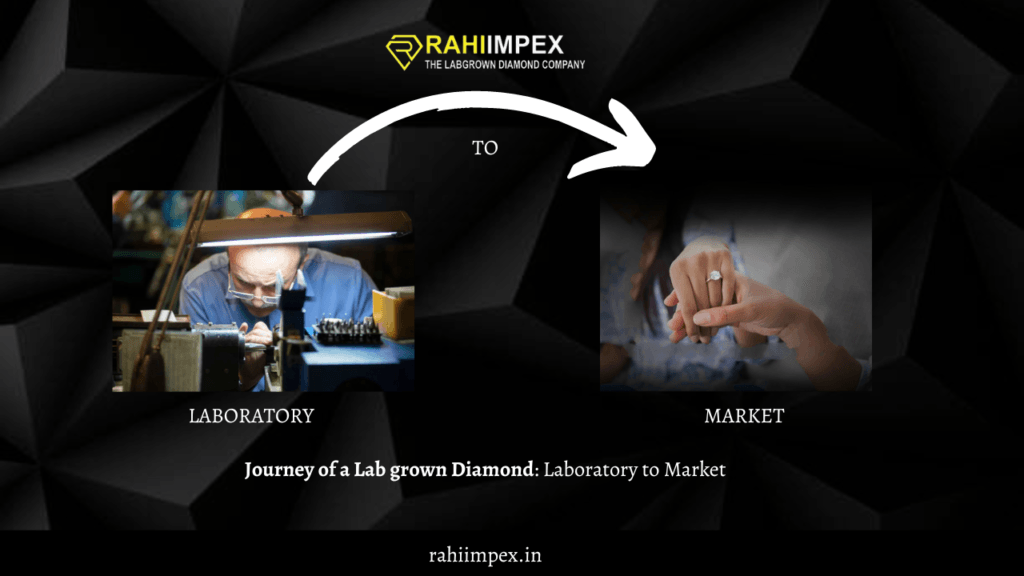
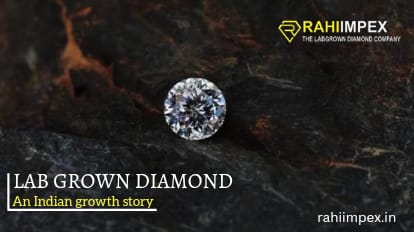
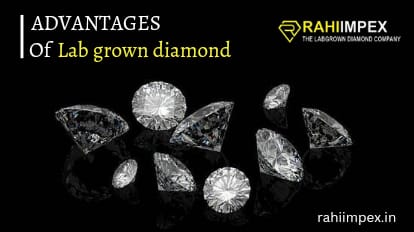
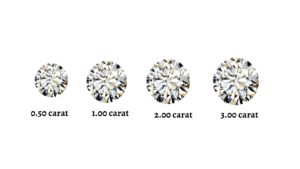
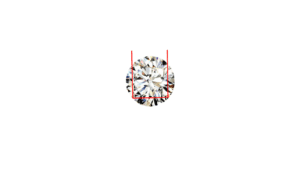
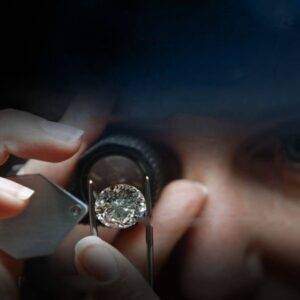
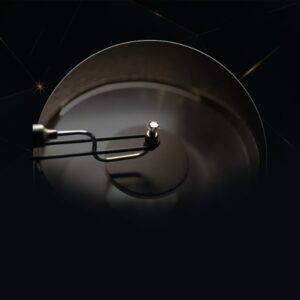
I am extremely inspired along with your writing talents as neatly as with the structure on your blog. Is this a paid subject or did you modify it your self? Anyway keep up the nice high quality writing, it’s rare to look a great weblog like this one today!